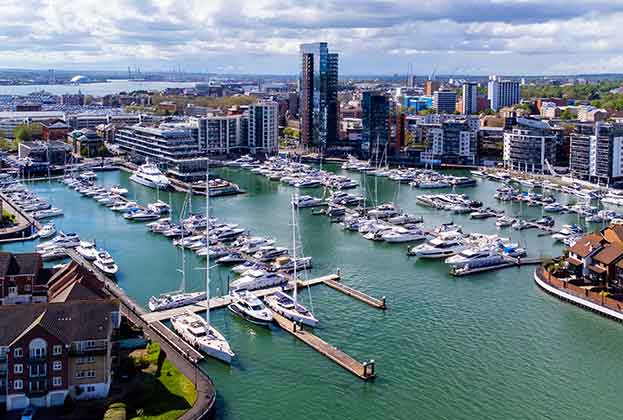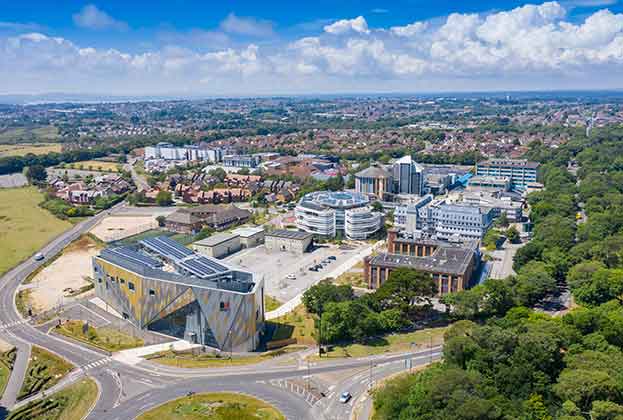Southampton, Portsmouth, and Bournemouth, Christchurch and Poole (BCP) are the economic engines of the ‘Central South’, a region which is well-placed to realise its potential and deliver growth.
With a population of nearly 950,000 people and around 495,000 jobs, the similar sized urban centres have often competed with each other, rather than complementing one another. Straddling both the South East and South West regions, the lack of a clearly defined geographical area has been a further blocker to the collective promotion of the region.
In recent years, there has been a more concerted effort, by businesses and politicians alike, to promote the collective benefits of the region. Despite its clear benefits, the Central South has numerous physical, land and planning constraints and therefore currently underdelivers.
So what are the key barriers to overcome to unlock growth?
Turning brain drain into brain gain
Attracting and retaining the best talent is central to creating innovation-led growth in the Central South. With a combined total student population of 83,000 and six major universities, Southampton, Portsmouth and BCP make a huge contribution to both the cultural offer and knowledge-based sectors across the area.
But only 19%, equal to 4,200 graduates, end up staying on for work where they studied. And high value sectors such as ‘professional, scientific & technology’, ‘information & communication’ and ‘financial & insurance’, central to innovation-led growth, are all under-represented by graduates, relative to the national average.
Across these three high-value sectors, around 1,550 graduates are employed in either Southampton, Portsmouth or BCP each year. However 4,900 graduates from those same places, move away and take up jobs in those same high-value industries elsewhere.
The Solent Freeport
The Solent Freeport has a fundamental role in supporting organisations seeking to tap into the talent emerging from local universities, other educational bodies and the wealth of existing skills particularly in the marine and aviation sectors.
Within the Freeport, ‘Tax Zone’ status is designated to a number of sites including Fawley Waterside, Navigator Quarter (at Southampton Airport) and Southampton Docks. This is designed to attract innovative and technology based organisations through incentives including business rates relief amongst others. Attracting these organisations will greatly improve graduate retention within the Central South.
Housing and infrastructure
Better planning for employment and improvements to infrastructure, facilitating greater connectivity across the Central South, will support existing businesses but also attract new commercial occupiers and inward investment. As a result, an enhanced business offering will create more high-value job opportunities to attract and retain talent in the region.
Building more homes in the right places, across a range of price points and a diverse range of tenures, is key to unlocking growth and supporting the retention of a highly skilled workforce for the long term. Strategic planning to deliver a more joined up approach to growth across the Central South is fundamental in order to overcome land and planning constraints currently preventing new supply from coming forward.
A bright future
With a well-educated workforce, freeport status sites and excellent national and international transport links, not to mention an attractive coastal offer, the Central South region is well placed to deliver growth. More housing in the right places is key to supporting this, with public transport and infrastructure improvements also having a key role to play in order to make more jobs accessible to more people and to unlock more sites with capacity to deliver housing.
Further information
Contact Colin Wilkins or Gavin Hall
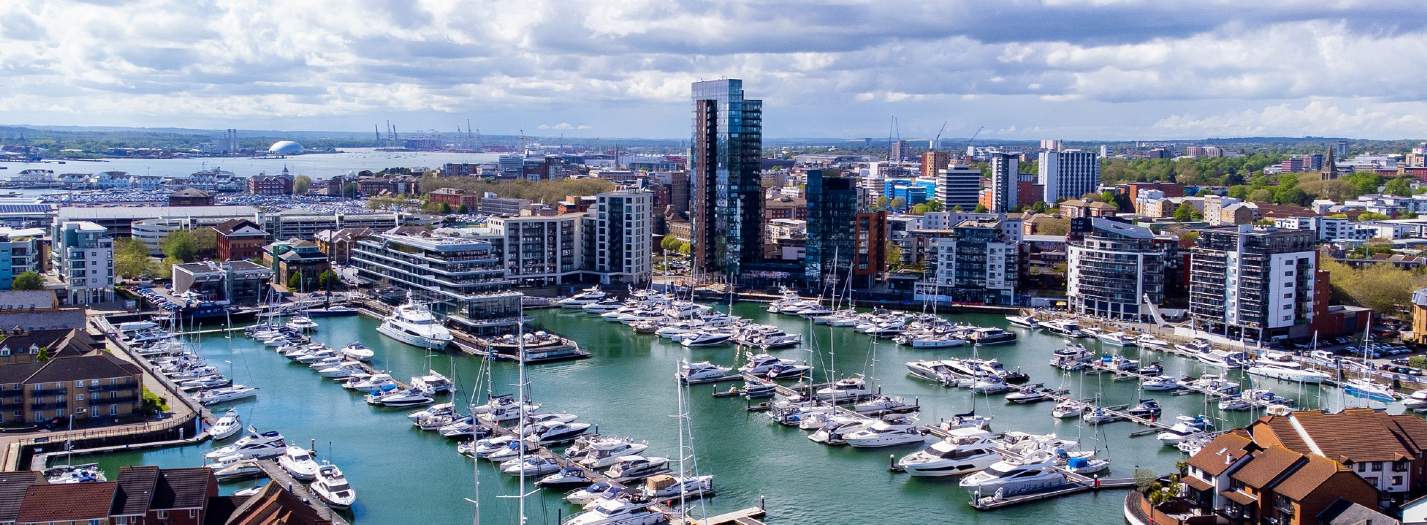
.jpg)
(2).jpg)



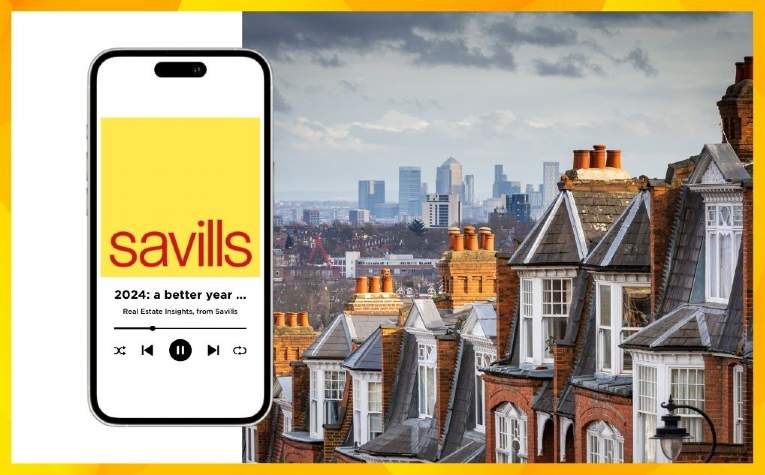
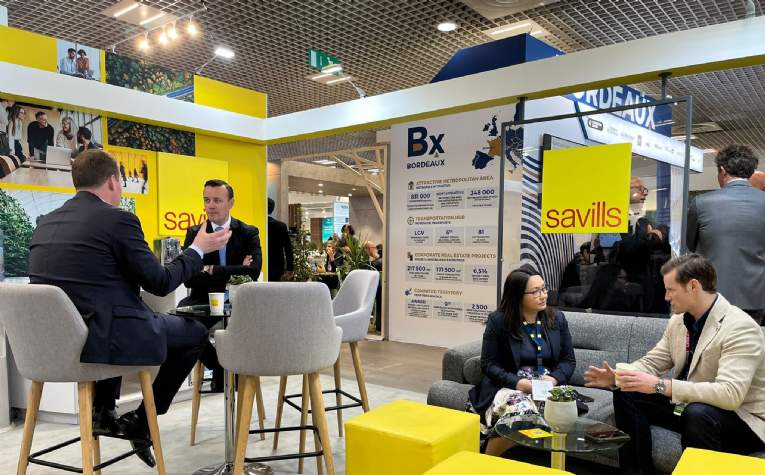
.jpg)
